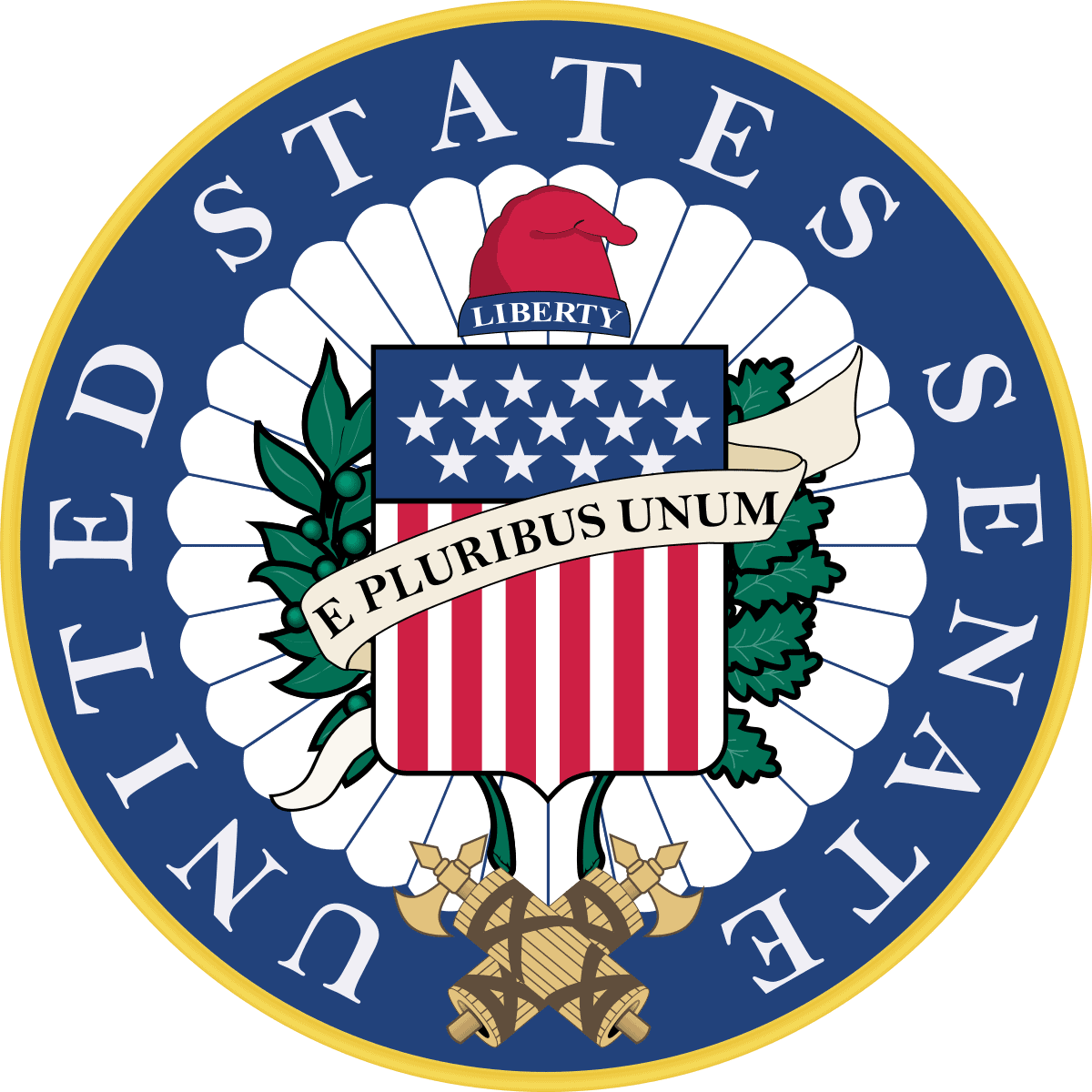Booker and Holt Caricature Science Transparency Rule at Senate Hearing

 The Senate Environment and Public Works Committee held a hearing this week on the Environmental Protection Agency’s proposed rule to strengthen the transparency of regulatory science.
The Senate Environment and Public Works Committee held a hearing this week on the Environmental Protection Agency’s proposed rule to strengthen the transparency of regulatory science.
The rule’s basic objective is to ensure that, over time, more of the data and models underlying EPA’s regulatory science are available for independent validation in a manner that is consistent with law, patient privacy, and confidentiality agreements between researchers and subjects. Perhaps the strongest evidence in support of the proposal was the non-stop effort by Committee Democrats and the minority witness to defame the rule.
According to Ranking Minority Member Sen. Cory Booker (D-NJ), the transparency rule would bar EPA from using scientific studies “unless the underlying data is [sic] made publicly available in a way that is sufficient for validation.” Consequently, “the agency would not be able to consider science gathered in the aftermath of environmental disasters, such as the Deep Water Horizon oil spill, which is not a scientifically-replicable event.” Nor would the agency “be able to consider studies that rely on private medical information or confidential business information because that data cannot be made publicly available.”
Indeed, Booker insinuated, the rule might prohibit EPA from regulating unless the agency first conducts unethical experiments: “And obviously, it would be unethical for anyone to attempt to replicate public health analyses that use data gathered from different exposures to certain populations and communities—exposures to lead, to PCBs, to mercury or other chemical contaminants. We would not want anybody to replicate those studies, and that suffering.”
In any event, Booker continued, the transparency rule could “cripple” EPA’s efforts to protect children from environmental hazards: “For example, EPA bases its standards for lead-based paint hazards on long-term studies of children who are exposed to lead. Prohibiting EPA from using these historical studies would cripple its ability to protect children and other populations from lead, as one example.”
That is downright weird. All the rule attempts to do is increase the opportunity for independent researchers to examine such data, not to replicate the data by causing similar disasters, or subjecting subjects to similar hazards.
The minority witness, Dr. Rush Holt, CEO of the American Association for the Advancement of Science, claimed “the effect of the rule would be a reduction in good relevant science that could be used by EPA.” That, in turn, “would likely result in harm to people and the environment.” How so? Supposedly, because “The proposed rule in its strict application would allow only research that is made completely public. And this demonstrates either a deep misunderstanding of how science works and should work. Or an intention to cherry pick evidence in the name of transparency.”
The root of the problem, Holt suggested, is that the transparency proposal confuses “verification” with “replication.” Science, he explained, “has to be empirical, based on experiment, observation, and then it has to be verified. That’s the key word. It’s really a red herring to say replication is what is necessary. The verification can come in various ways. Through repeating the experiment if it’s an experiment. But even most experiments are hard to repeat exactly. Certainly natural disasters—Senator Booker referred to the Gulf oil discharge—let’s hope that isn’t repeatable.”
That is all quite ridiculous, as is easily demonstrated because the transparency rule is only seven pages long. There is no excuse for recycling such gross misrepresentations at this late date because majority witness Robert Hahn rebutted them nearly five months ago in the Washington Post: “Here’s what the EPA’s rule wouldn’t do: nullify existing environmental regulations, disregard existing research, violate confidentiality protections, jeopardize privacy or undermine the peer-review process.”
Nowhere in the proposal does EPA state or imply that non-replicable studies should not be used in rulemaking. Nowhere does it say or imply that all aspects of a study must be “completely public” to be used. The key concept in the proposal is not replication but independent validation. As noted above, the objective is to ensure that, over time, more of the data and models underlying EPA’s regulatory science are available for independent validation.
EPA is not proposing to require researchers to divulge data in past studies used to support previous regulatory decisions. More importantly, with regard to prospective rulemakings, “Nothing in the proposed rule compels the disclosure of any confidential or private information in a manner that violates applicable legal and ethical protections” (83 FR 18771).
To safeguard such protections, the rule includes a provision allowing EPA to exempt significant regulatory decisions on a case-by-case basis if the administrator “determines that compliance is impracticable” because “making all dose-response data and science publicly available would not be consistent with law, patient privacy, or confidentiality” (83 FR 18772).
Dr. Holt, who undoubtedly knows he is attacking a strawman, tries to finesse matters by claiming that the proposal in “its strict application” would exclude research that is not “completely public.” No. Strictly applying the proposal means applying it as written. It does not mean applying a caricature.
“Peer review” is one of the methods Holt considers sufficient for “verification.” However, when the peers are colleagues who co-author each other’s work, share the same methodological or policy commitments, and depend on the same funding sources, peer review may be little more than pal review.
Accordingly, to the full extent practical and allowed by law, the pivotal studies underpinning significant regulation should also allow for post-publication audit by independent researchers. As in the marketplace of goods, so in the marketplace of ideas, competition promotes quality. Rival researchers are more likely than journal editors and agency peer reviewers to discover flaws in a study’s data or models.
Because every participant in the regulatory process is a stakeholder—an interested party who either is or has a dog in the fight—“trust us, we’re the experts” is no substitute for competitive and independent vetting of data and models. The transparency proposal thus solicits comment on “how to incorporate stronger data and model access requirements into the terms and conditions of cooperative agreements and grants.” But according to Holt and Sen. Booker, the transparency rule will exclude EPA’s access to legitimate science and children will die.
Such scurrilous attacks on a common sense proposal only serve to underscore the desirability of the transparency rule. When the self-anointed defenders of science speak with such reckless disregard for the facts, you know it’s time to adopt strong safeguards for independent validation of regulatory science.